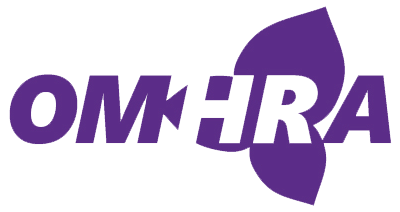
It’s a truism that the only constant is change. But when change management goes wrong, it undermines more than just your change initiatives. Ineffective change leadership drives toxic cultures, fractured teams, and rigid divides between management and staff. It harms employee wellbeing, and it’s often at the core of harassment complaints.
Ineffective change management and psychological health and safety
The National Standard for Psychological Health and Safety identifies 13 psychosocial hazards and encourages implementing practices that support and promote workplace psychological health and safety. Several of these psychosocial factors are put at risk in periods of change, from impacts to organizational culture, to consideration of psychosocial competencies (whether employees have the psychological and social competencies to meet changing job duties in addition to technical abilities), to ensuring people continue to receive appropriate recognition and reward for their work. All of these concerns and more should be considered during change. But when it comes to effective change management, three factors are key:
• Clear leadership and expectations: Effective leadership through change means employees know what and when the changes are about, what to do, and how their work contributes to the goals of the organization. It offers continuous transparency and support through the changes.
• Involvement and influence: It’s essential to give employees a say and include them in conversations and decisions about change, including how work is done, how decisions are made, and the impact of those decisions on their work.
• Civility and respect: Change creates feelings of anxiousness and insecurity which can lead to competitiveness, negativity, factions and poor morale. Fostering and maintaining an inclusive and respectful work environment through all aspects of change is essential to maintaining a psychologically healthy and safe workplace culture.
Components of effective change management
Some core components of effective change management help navigate the complexities of change and deal with resistance to change. They include:
1. Communication: The more communication through change the better. Transparency and early notice about the nature of the changes, how employees and their jobs will be affected and the path forward through change, help to quell employees’ uneasiness with the changes and promote trust and buy-in. By contrast, in the absence of information, people naturally rush to fill in the gaps using assumptions that are often far more negative than the truth, which leads to harmful gossip and degrades trust.
2. Encourage sharing of ideas: Give employees a forum to speak up about what’s working and what may work better if done a different way. Employees are an organization’s best asset in harnessing innovative ideas.
3. The 4 Ps: Develop a structured framework to navigate and implement change effectively.
Problem
- acknowledge the reason the change is needed and the challenges or issues the organization is facing
- discuss the impact of the issue on the organization, employees and stakeholders
- highlight consequences of not addressing the issue
- emphasize the need to promptly address the issue
Purpose
- define the purpose behind the change: why is it necessary?
- communicate a clear vision of the desired future state
- help people understand the benefits of making the change
People
- address people’s reactions to change and its impact on them
- identify WIIFM (What’s in it for me?)
- be proactive about resistance you may encounter
- prepare for people’s changed roles
- foster open communication and involvement
- provide support to adapt to change
Plan
- develop a detailed change management plan
- identify key timelines and implementation
- allocate resources and responsibilities
Presented by

Archives
Categories
- Attraction and Recruitment
- Benefits
- Celebrating Success and Recognition
- Change Management
- Conflict Resolution and Coaching
- Culture
- Diversity, Equity and Inclusion
- Emotional Intelligence
- Employee Engagement
- Employee Performance
- Labour Disruption
- Mentoring
- OMHRA activities
- OMHRA Events
- Psychological health and safety of the HR professional
- Recruitment
- Recruitment and Retention
- Retention
- Uncategorized
- Unique ideas for recruiting in a tight job market
- Wellness
Recent Posts
- How Leadership Development Coaching Provides Better Outcomes
- Better Leadership: Focus on a Coach Approach
- Creating a Psychologically Safe Workplace
- Group Health Insurance – The Impact of Preferred Pharmacy Networks on Employees’ Mental Health
- Provide Real Support For Your Mid-Career Team’s Psychological Resilience

